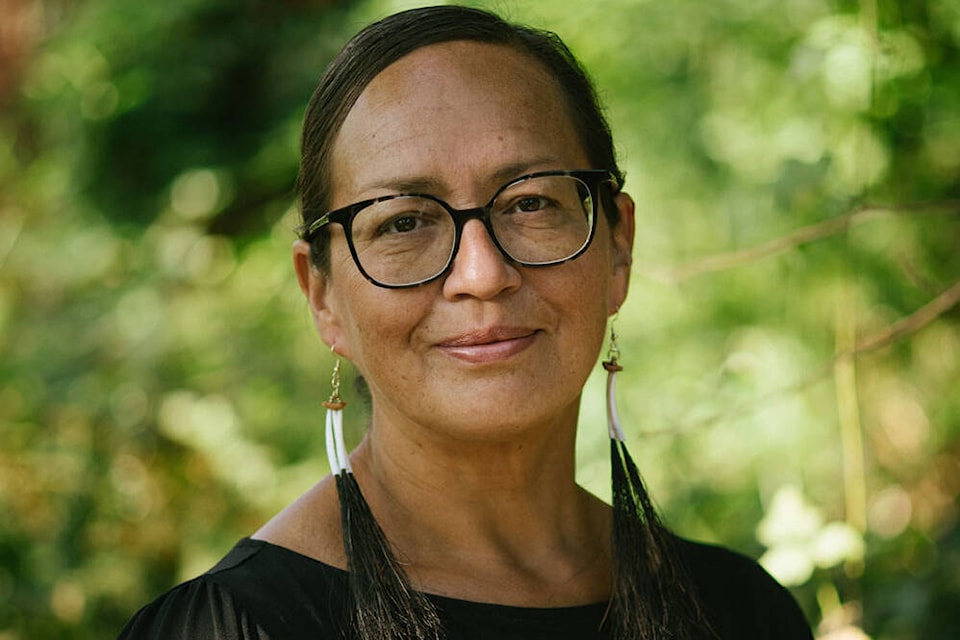On International Overdose Awareness Day, Aug, 31, Northern B.C. continued to see disproportionately high rates of overdose deaths.
According to the B.C. Coroners Report, deaths due to overdose in the Northern Health region have increased from 19 in 2013 to 107 in 2023, with data only available up until July. Both the Northwest and the Northern Interior have death rates of more than 70 people per 100,000, the second and third highest rates in the province.
A staggering 1,717 First Nations people have died in B.C. due to overdoses since 2016, according to a March 2023 report by the First Nations Health Authority (FNHA).
The same report showed that while First Nations people make up approximately 14 per cent of the North’s population, 43 per cent of toxic drug deaths from Jan. 2021 until March 2023 in the region involved First Nations people.
There were 166 deaths in that time frame, almost 20 per cent of the the total deaths to First Nations people due to overdoses in the province. Both Terrace and Prince George were identified as major hotspots of concern by the FNHA.
The most dangerous thing people can do is use drugs alone, according to Dr. Rakel Kling, medical health officer for the Northern Health Interior area.
“It makes people incredibly vulnerable to dying from overdose when using at home alone and there’s no one there to reverse an overdose,” she said. “The most important thing that people can do when using substances is to use in the presence of others.”
Northern B.C.’s vast geography means many drug users do not have the same resources as more dense regions of the province, making people more likely to use alone, said Kling.
Staffing for remote outreach programs is always difficult, but burnout from the pandemic has made the situation even worse, according to Dr. Nel Wieman, acting chief medical officer for FNHA.
“Working on the frontlines with people who are using substances is very emotionally heavy work, some either burn out or take a break from working in the area,” she said. “We’re having a hard time filling vacancies on various teams. It’s hard to recruit people to the northern region.”
Indigenous women and young people are disproportionately represented in overdose deaths, a particular concern for FNHA.
A key strategy for FNHA has been to bring communities, many of whom are compounded with grief from the toxic drug crisis, together to find creative ways to deal with the emergency. Communities just identifying the problem is not good enough anymore, and what’s needed is decisive action, according to Wieman.
Wieman also said the tight-knit nature of many rural First Nations communities means there are more opportunities to reach out to people who are having issues.
“If someone is struggling, it’s in some ways easier to identify that person and identify a relationship with them,” she said.
In some instances, individuals are excluded from traditional ceremonies due to their substance use. However, cultural activities are beneficial to personal healing, according to Wieman.
“We need to move into having conversations about substance abuse,” she said. “That includes addressing stigma and shame and what we might do to make someone feel isolated.”
For the public, little things such as carrying a naloxone kit and understanding the harms of stigma can make a difference, said Kling.
She added the increased use of benzodiazepines, which is seeing a boom across the province, has made the crisis even worse, as it reduces the ability of naloxone to function.
Aug. 31 is a good day to reflect on how to improve the dire crisis B.C. and the Northern Health region are facing, according to Kling.
“Overdose awareness day really shows that there’s a lot more that we can be doing to end this crisis. It’s still very much going on and getting worse.”
